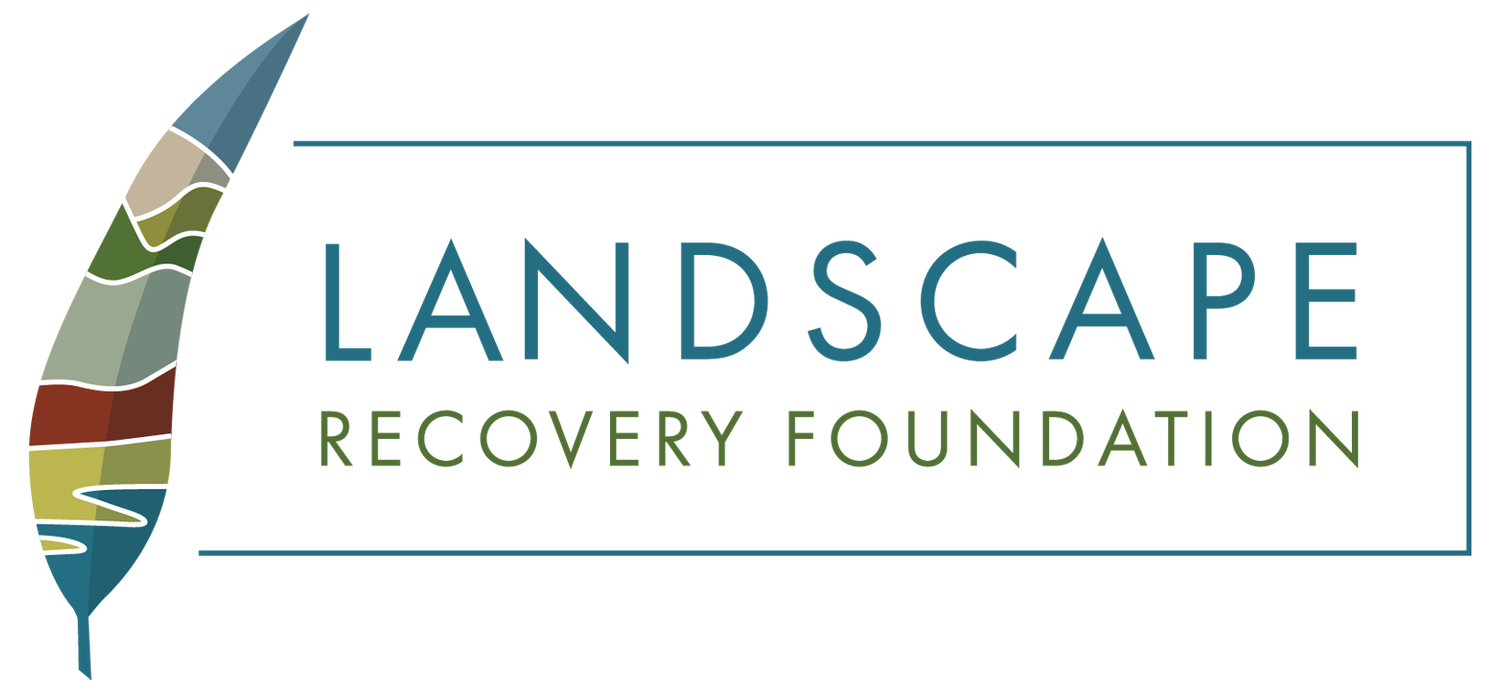Our new ‘Saving Native Species’ project - Swift Parrots: Beating the Odds
“Swift Parrots are critically endangered and, without intervention, they are at risk of extinction. To understand how we can best protect this Tasmanian icon, we must first better understand the threats that it faces and how that influence populations.”
Background
Fifteen years of population monitoring has provided significant increases in our understanding of where Swift Parrots breed, where they feed and how many survive. The loss of breeding habitat and nest predation are identified as the primary threats to the species survival. Variable flowering patterns of eucalypts determines where the birds can nest each year, and breeding habitat is a key limiting factor in most years. Acoustic monitoring of Swift Parrot nests over 3 years has revealed nesting success/failure is highly variable in space and time where current predictions suggest nest predation rates often exceed 95%. Understanding the interactions between habitat availability, the underlying causes of variable nest predation rates and other factors likely to impact breeding success (e.g. extreme weather events) is critical to developing an evidence- based approach to effective conservation planning and action.
Project Scope
The project has been funding from the Australian Government’s Saving Native Species Program with the aim of conserving and reducing the extinction risk of this species.
The project will focus on the factors driving nesting success/failure in space and time. It will assess the relative impact of nest predation by Krefft’s gliders within a broader context that incorporates multiple interacting threats such as habitat condition and availability, glider diet and extreme weather events across the breeding range
Removal of Krefft’s gliders at key sites to develop improved glider management methods and assess glider diets and change in swift parrot nesting outcomes.
Develop and improve evidence-based management actions to increase swift parrot breeding success and support for decision-making
Collect a spatially representative sample of swift parrot breeding success/failure during each breeding season
Project Outcomes
The expected outcomes of this project are:
Prevent predation by removal of Krefft’s gliders at 10 key active nest sites over two breeding seasons.
Improved understanding of habitat requirements that lead to Swift Parrot nest success, including glider interactions, across the Swift Parrot breeding range.
The development of guidelines for habitat management including strategic inventions at active nest sites.
Timeline
This project is scheduled to be completed by November 2025.
Funding
This project received grant funding from the Australian Government Saving Native Species Program. It is also supported by project partners Cradle Coast NRM and Devonport City Council.



